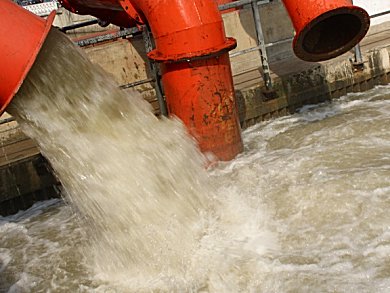The need of implementing new and cheaper water treatment technologies has arisen in order to keep the aquatic environment clean and safe from pollution concerns. Due to their relevance and importance in industrial processes, two main groups of colloidal pollutants are dyes and surfactants.
Jesús Sánchez-Martín and colleagues, University of Extremadura, Badajoz, Spain, characterized a novel coagulant agent from Acacia mearnsii de Wild tannin extract (Weibull black) for removal of the anthraquinonic colorant Alizarin Violet 3R and the anionic surfactant sodium dodecylbenzene sulfonate (SDBS).
The new coagulant demonstrates a high affinity for dye and surfactant and is efficient within a wide range of working conditions. While the temperature does not affect the coagulant ability, an acidic pH seems to increase the contaminant removal from aqueous solutions. The coagulant represents a real alternative to traditional inorganic metal coagulants in the removal of dyes and surfactants.
Implementation in a pilot plant confirms the feasibility of this coagulant not only at lab scale, but also at higher level.
- Optimum Coagulant from Acacia mearnsii de Wild for Wastewater Treatment,
J. Sánchez-Martín, J. Beltrán-Heredia, M. A. Dávila-Acedo,
Chem. Eng. Technol. 2011, 12 (34), 2069–2076.
DOI: 10.1002/ceat.201100330




